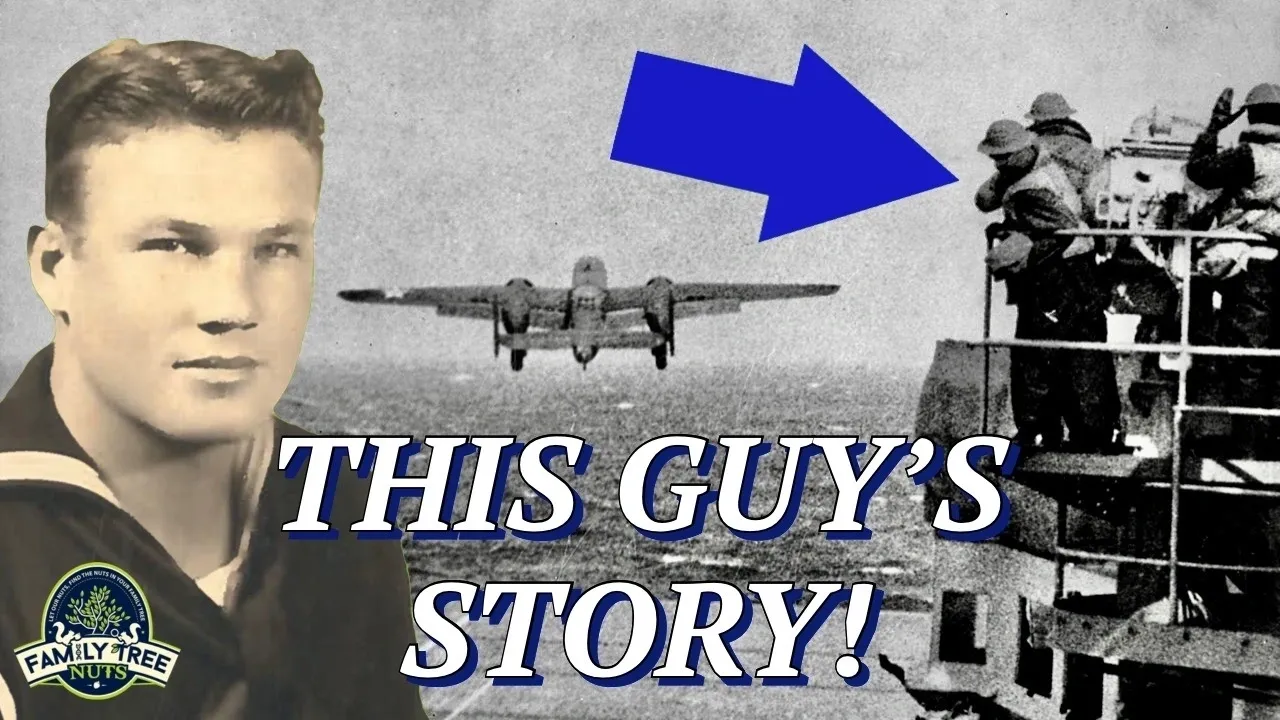
STORY OF MAN IN THE WWII DOOLITTLE RAID PHOTO
The WWII photo taken form the Doolittle Raid is one of the most well known images of the war but like every photo, this one has so much more to offer us. This story is about Clarence Moore “Bob” Logsdon, a young boy that grew up during the Great Depression in Fairhope, Alabama and went on to serve in World War II.
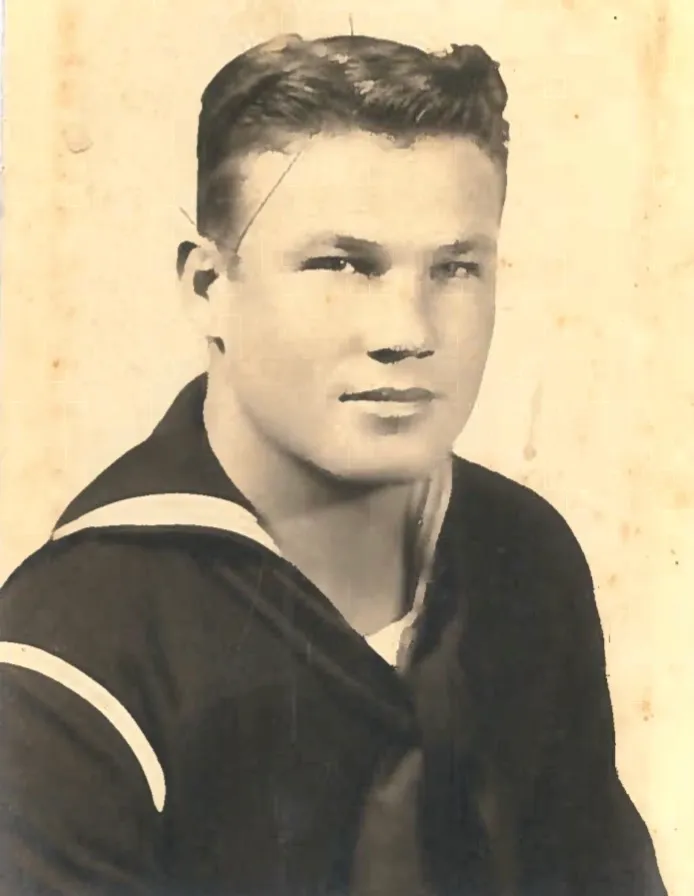
With Fairhope Alabama being on Mobile Bay, Bob was always around the water growing up and worked with, and on many types of watercraft. After his school years where he was an accomplished athlete in many sports unsurprisingly, he enlisted in the US Navy in 1938.
After training his first assignment was to the light Cruiser, USS Omaha serving for a short while in the Caribbean and in Portugal. Soon thereafter, he was hand selected to serve on the brand new aircraft carrier, the USS Hornet and within weeks they were on their shakedown cruise and getting ready for deployment and combat.
Bobs assignment was to manage the signal bridge and all of the men that were sending and receiving signals from other ships close by. Little did he know at that time that he would witness significant events in history because of his position up high on the ship.
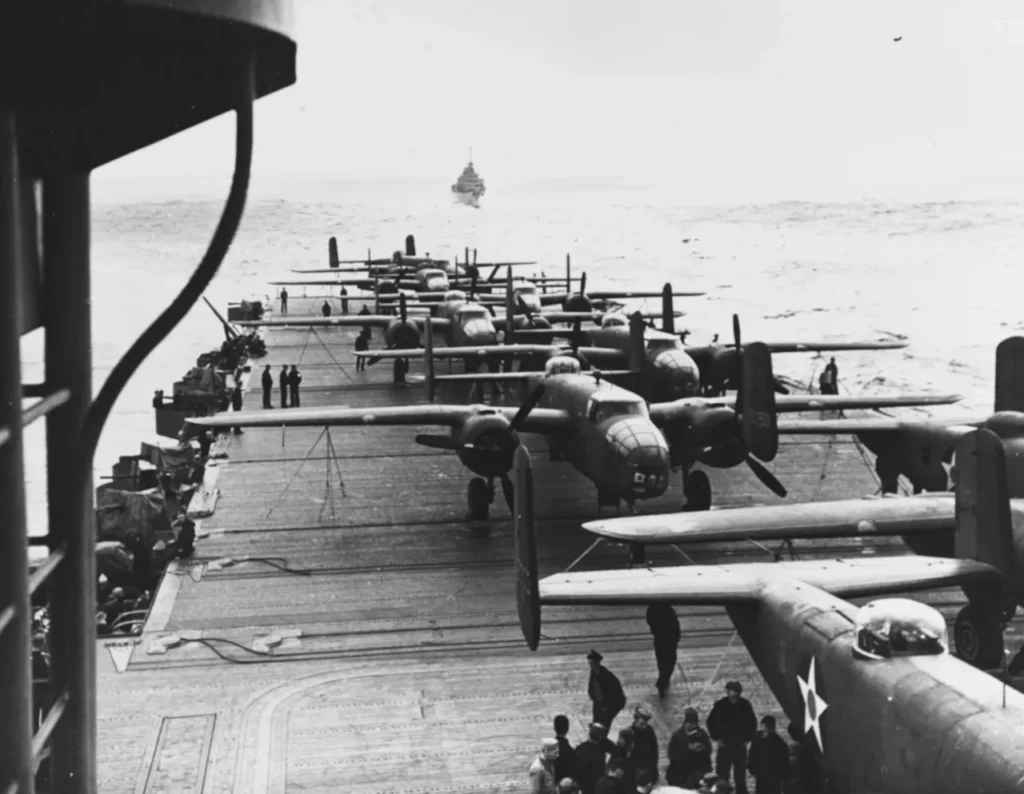
Shortly after leaving Pearl Harbor with a deck full of Army B-25 Mitchell bombers he was told of a group of men on board that were being led by Lieutenant Colonel James Doolittle. Yes, it was the men and planes preparing for the Doolittle Raid on the Japanese mainland. Bob was on the bridge when the planes went off and he is shown in this picture leaning out over the rail watching the planes leave the deck of the Hornet. Obviously one of the most famous pictures from World War II.
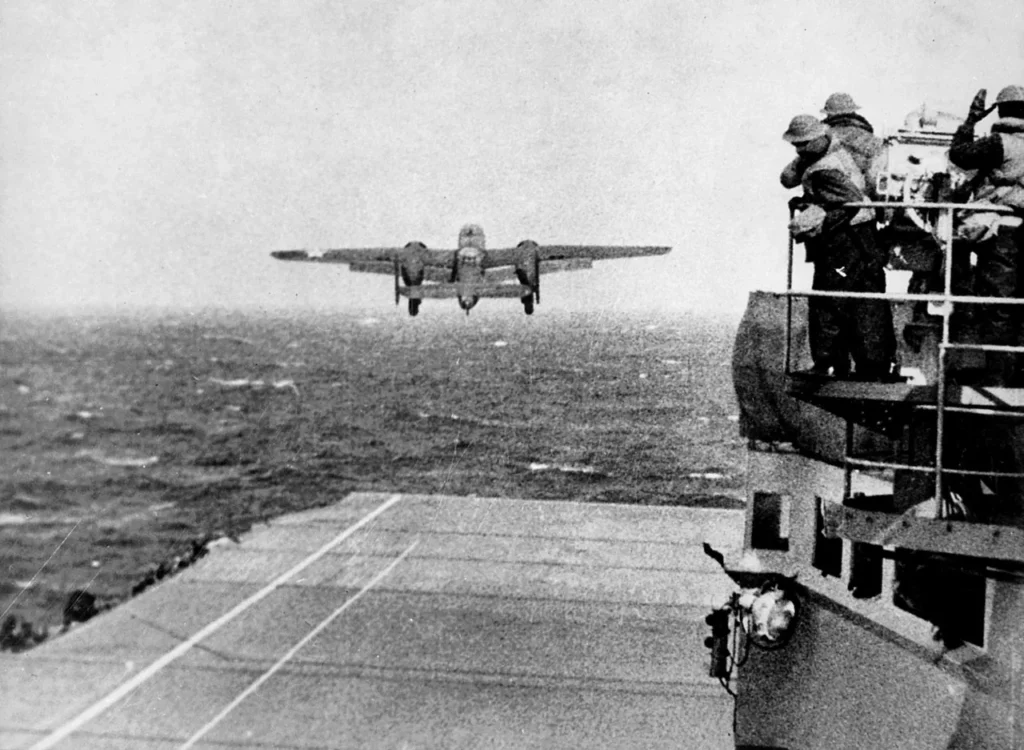
Next it was back to Pearl Harbor to prepare to join a task force to stop the Japanese invasion of Midway Island. It was here where pilots from the Hornet, Yorktown & Enterprise destroyed all four Japanese aircraft carriers, plus heavy cruisers. Needless to say, this stopped the Japanese invasion in its tracks.
After the battle of Midway, the Hornet moved on to Guadalcanal to support the Marines by providing air cover. It was here where he watched “again from the bridge of the Hornet” the carrier USS Wasp get hit by Japanese torpedoes, burn and sink. At the same time the Japanese fired a torpedo at the Hornet but it thankfully missed due to a quick thinking US pilot that saw the torpedo moving through the water and he released his bomb which most likely knocked it off course.
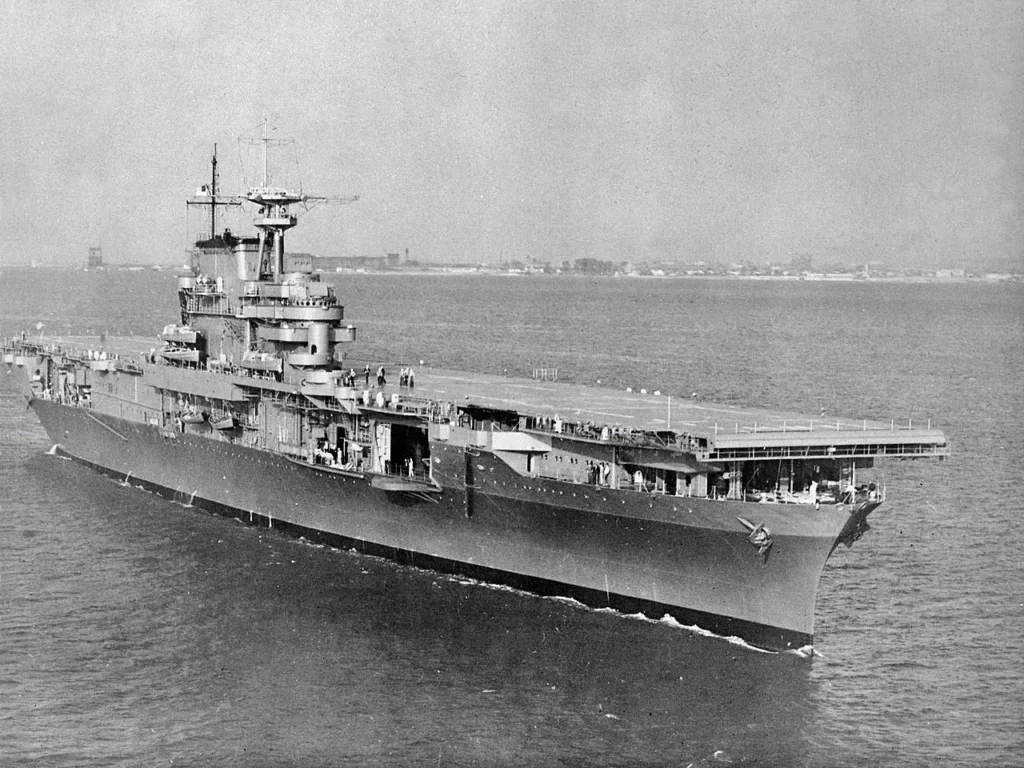
After much needed ship repairs the USS Hornet teamed up with the USS Enterprise to engage the Japanese fleet in the Battle of the Santa Cruz Islands. While the Hornet and Enterprise pilots were out sinking a Japanese light cruiser and doing heavy damage to a carrier, the Japanese took aim on the Hornet and place three 500 pound bombs on her flight deck.
Bob was on the watch tower when a Japanese dive bomber dove his plane into the signal bridge landing some 20 feet away showering several men with AVGAS and burning them alive. A metal bulkhead was all that saved him from the same fate. After a second Japanese attack, and being hit by a torpedo, Bob was one of the last men into the sea to be picked up by the Destroyer USS Anderson. That was the end of the Hornet as she went down that day.
Just days before the battle of Santa Cruz, Bob had received orders to report to Pensacola for flight school but instead was dropped off with the other crewmen from the Hornet in Noumea, New Caledonia. Here, he spent the remaining days of the war, sometimes battling malaria and somewhat killing his chance of getting to flight school.
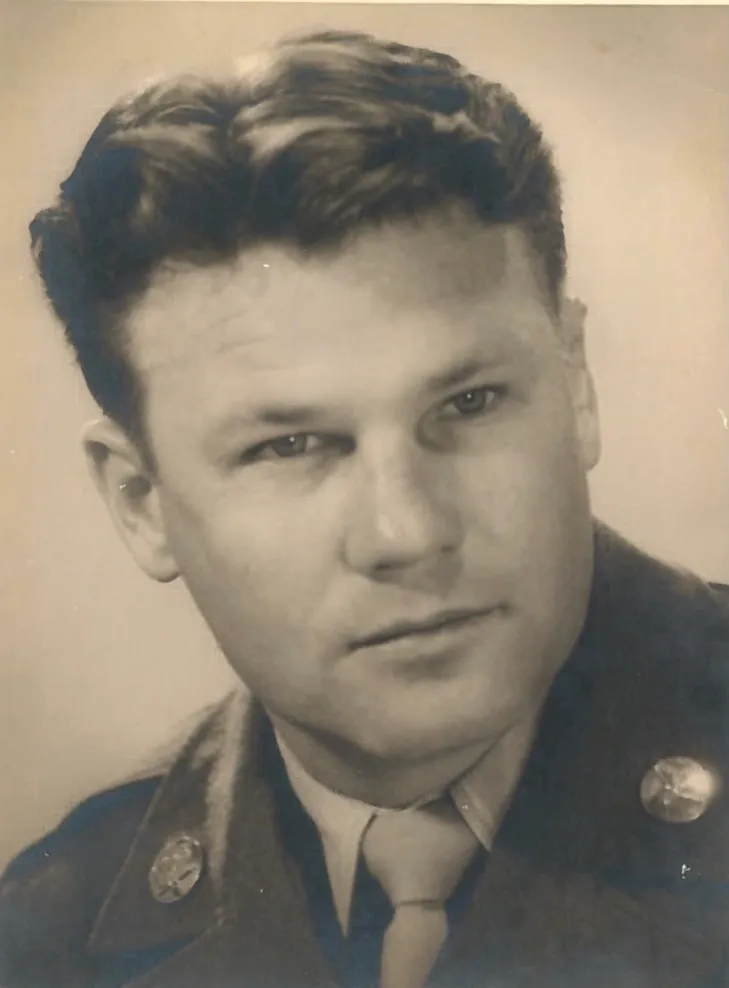
After the war, Bob joined the new US Air Force and was the skipper of a Crash-Sea-Rescue boat off Cape Canaveral Florida. These were 85ft wooden boats that looked much like the PT Boats and were used for search and rescue on the open seas and to clear the range for missile tests and rocket launches from the Cape.
In 1961, Bob retired from military service and spent the next 15 years working for the US Postal Service in Orlando. Florida and there he raised his family and settled down.
What a life. He witnessed a lot of WWII history right from the watch tower of the USS Hornet and served his country well!
A True American Patriot.
Be sure to hear his whole story from his son in the video below.
-Scott Denney- Historian, Family Tree Nuts
